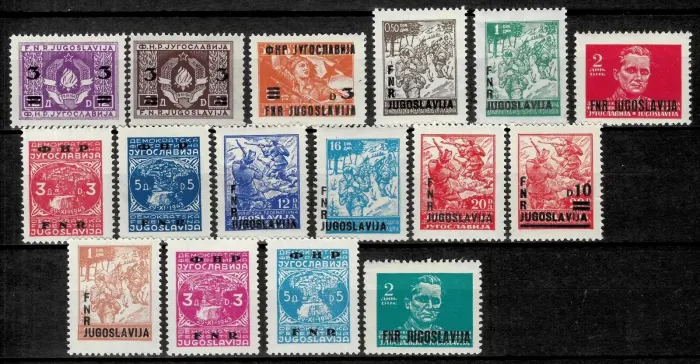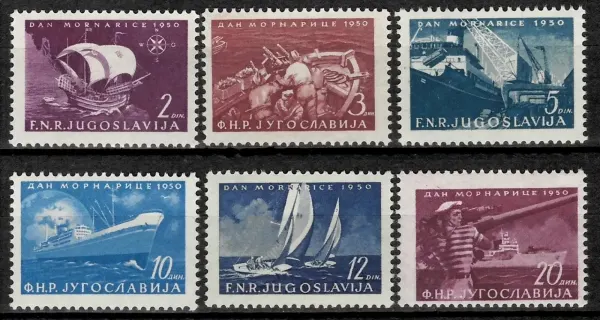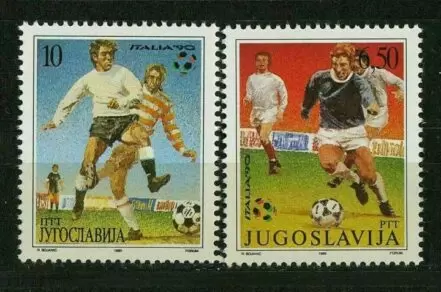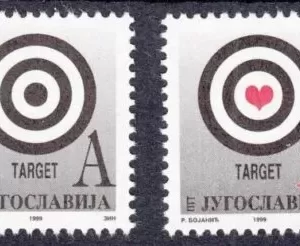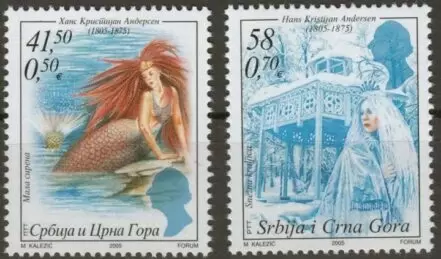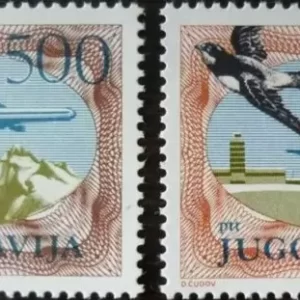Yugoslavia postage stamps year 1949 /1950 Partisans set MNH**
During World War II, the Yugoslav Partisans were the most effective resistance movement against Axis occupation in Yugoslavia. Led by Josip Broz Tito, they fought a brutal guerrilla war against Nazi Germany, Fascist Italy, the Ustaše regime in Croatia, and the Serbian Chetniks.
Key Aspects of the Yugoslav Partisans in WWII:
1. Formation and Early Struggles (1941)
- The Partisan movement was founded on July 4, 1941, after Nazi Germany invaded Yugoslavia in April 1941 and quickly dismantled the Kingdom of Yugoslavia.
- Tito, a communist leader, called for an armed uprising, and the Partisans began operations in Serbia, Croatia, Bosnia, and Slovenia.
- In contrast, the Chetniks, led by Draža Mihailović, initially resisted the Axis but later collaborated with them against the Partisans.
2. Guerrilla Warfare and Major Battles
- The Partisans employed hit-and-run tactics, sabotage, and ambushes, operating from mountains and forests.
- Major battles:
- Battle of Neretva (1943): The Partisans successfully escaped encirclement despite being outnumbered.
- Battle of Sutjeska (1943): A costly but strategic victory that solidified their strength.
- Liberation of Belgrade (1944): Assisted by the Soviet Red Army, the Partisans liberated the Yugoslav capital.
3. Political and Military Recognition
- By 1943, the Allies recognized Tito and the Partisans as the legitimate resistance, cutting support to the Chetniks.
- In November 1943, Tito formed a provisional government at the AVNOJ (Anti-Fascist Council for the National Liberation of Yugoslavia) meeting.
- By 1944-45, the Partisans had grown into a well-organized army, numbering over 800,000 soldiers.
4. End of WWII and the Creation of Socialist Yugoslavia
- By May 1945, the Partisans had completely liberated Yugoslavia without direct Allied occupation.
- After the war, Tito established a communist government, abolishing the monarchy and forming the Socialist Federal Republic of Yugoslavia (SFRY).
- The Partisans were celebrated as national heroes, and their legacy shaped Yugoslavia’s post-war identity.

